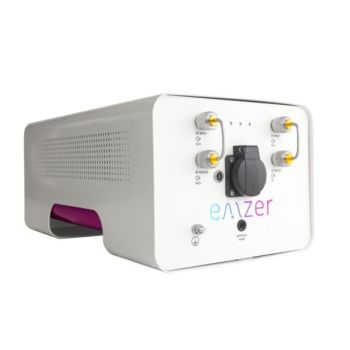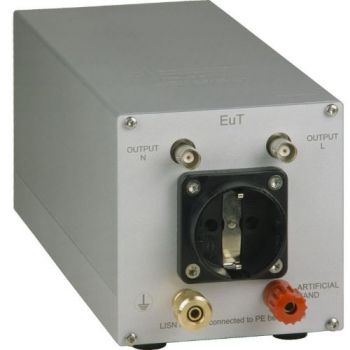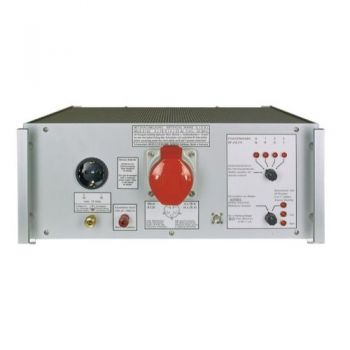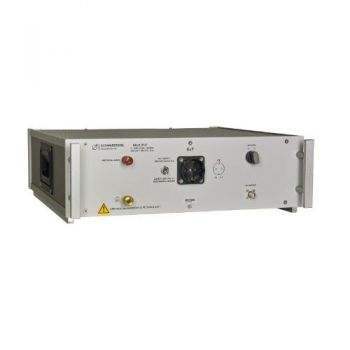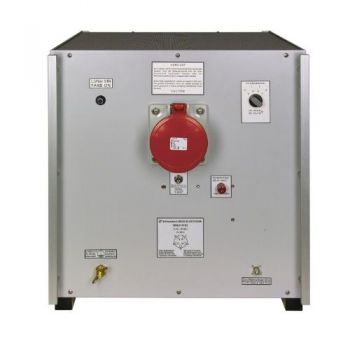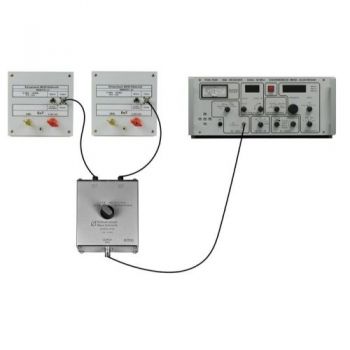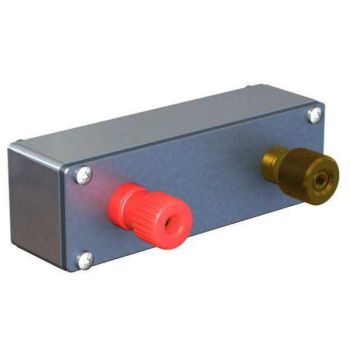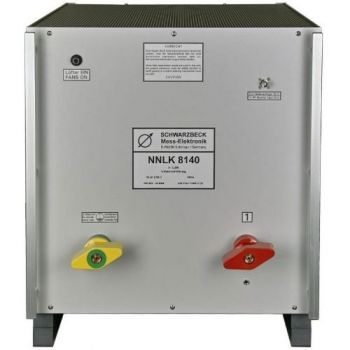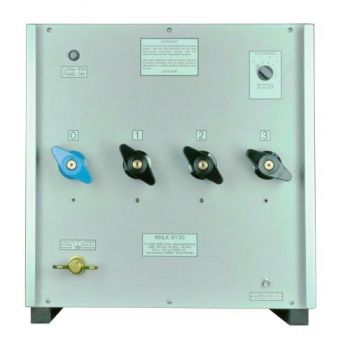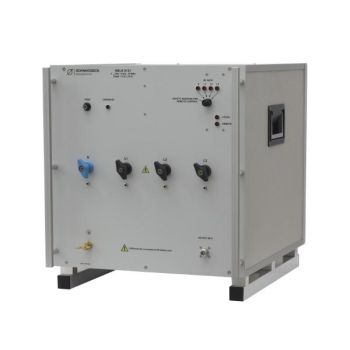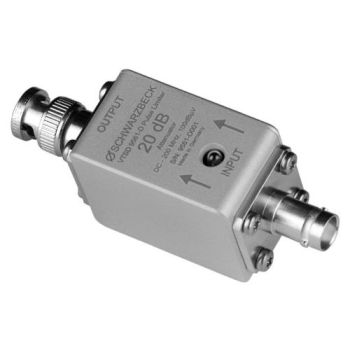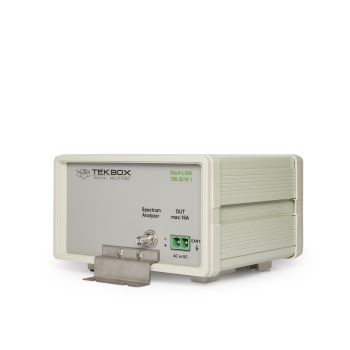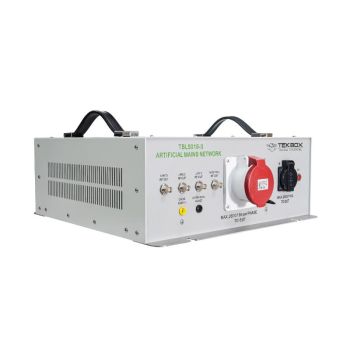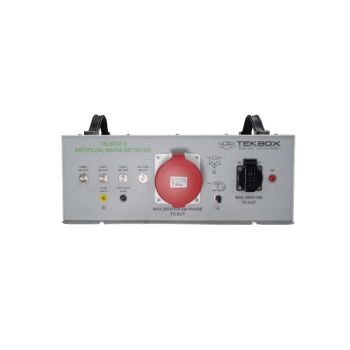
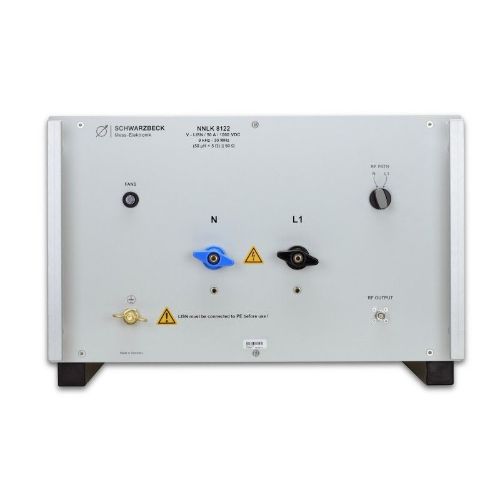
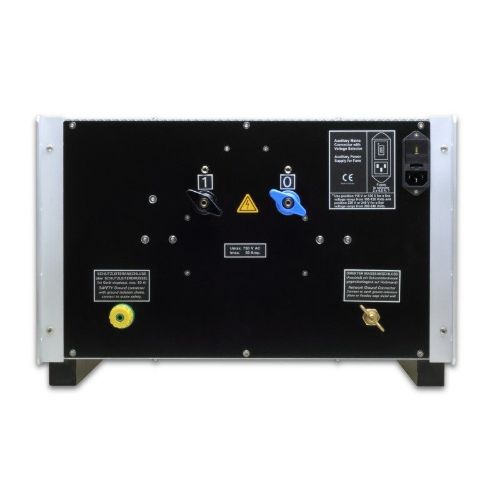
NNLK 8122, 9 kHz - 30 MHz, 1000VDC / 50A, 50 µH, 2 Path LISN
- High Current 2 path LISN (3-Phase)
- Line Impedance Stabilisation Network
- 9 kHz to 30 MHz
- With 250uH multilayer choke adding better decoupling 9 kHz is possible
- 750 VAC, 1000 VDC, 50 A
- (50 µH + 5 Ω) || 50 Ω
- CISPR 16-1-2
PARTNER:
MARKETS:
TEST STANDARDS:
NNLK 8122, 9 kHz - 30 MHz, 750 VAC / 50A, 50 µH, 2 Path LISNThe purpose of a LISN is to provide the device under test with energy and to decouple it from mains, to carry the interference voltage to the EMI measurement receiver, and to load the RF emitted by the device under test with standardized impedance. The NNLK 8122 is equipped with a multilayer 250 μH choke as well as a 50 μH choke which is connected in series for each path. The multilayer choke provides an excellent decoupling between the power supply and the device under test starting at 9 kHz. Artificial mains networks from the NNLK line do not have the pre-filter choke contrary to the NSLK line (exception: NNLK 8121). This is due to the high current rating and complies with the CISPR standard for LISN’s for band B. They basically work in band A also but are specified starting from 150 kHz.
Diagram for one line The NNLK 8122 is equipped with a high pass filter but not with a pulse limiter. The EMI receiver should therefore be protected against overload. The VTSD 9561 F is an external pulse limiter that is suitable for this purpose. If the amplitude of the disturbance voltage exceeds values which could be dangerous for the EMI receiver input the pulse limiter will cut these pulses. This causes additional spectral lines in the frequency domain (“phantom spectral lines”). The excess-pulse-energy illuminates an electric bulb. If the bulb glows or lights up the measurement is not valid because of the phantom spectral lines. In such a case more attenuation must be used at the measuring port of the LISN. An external attenuator must be dimensioned sufficiently especially under the presence of strong harmonics of the mains frequency |


